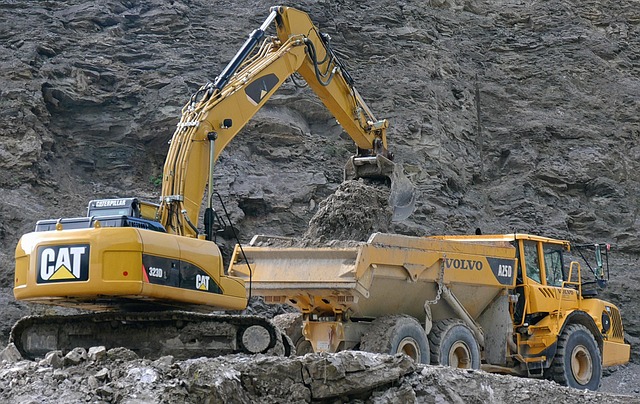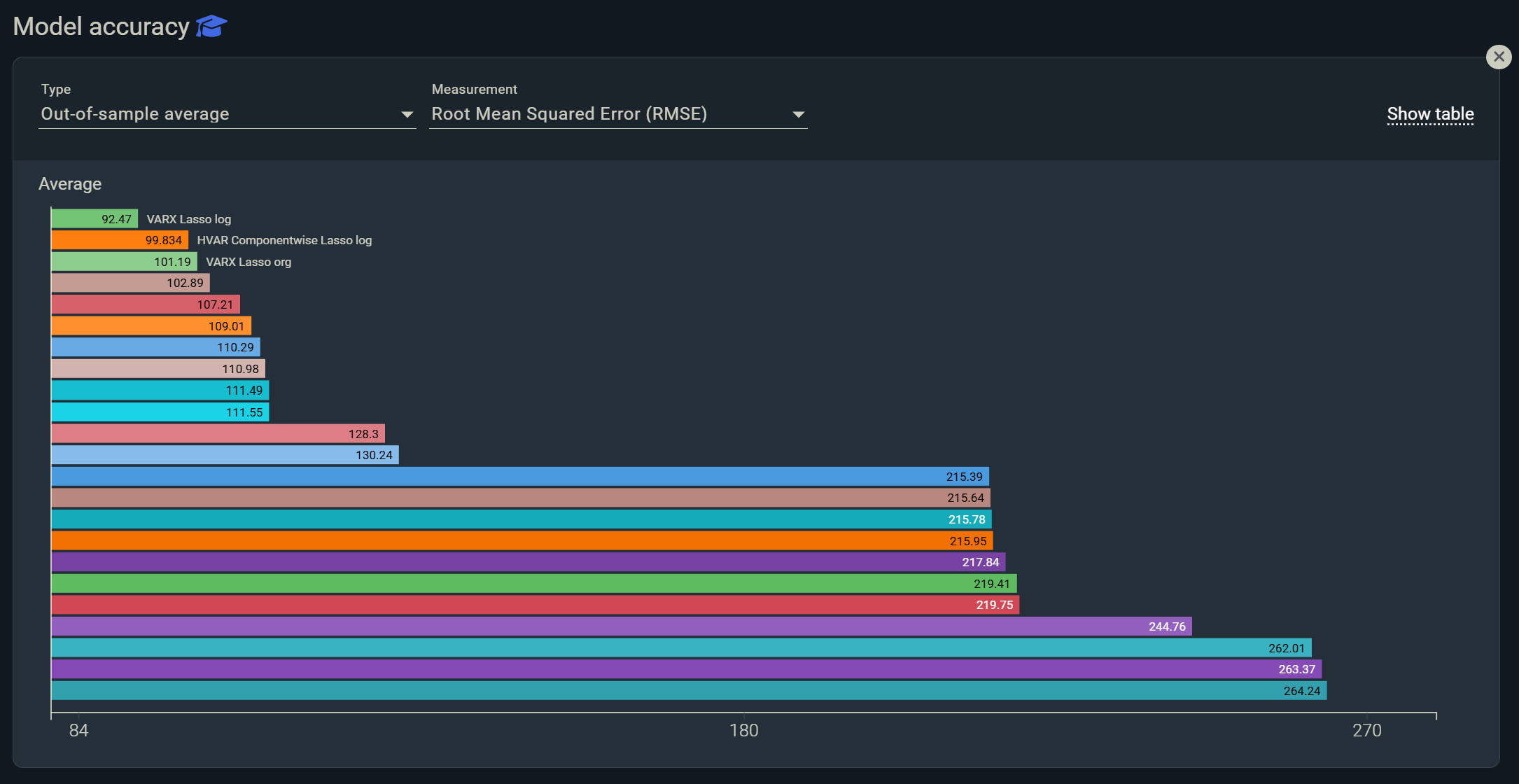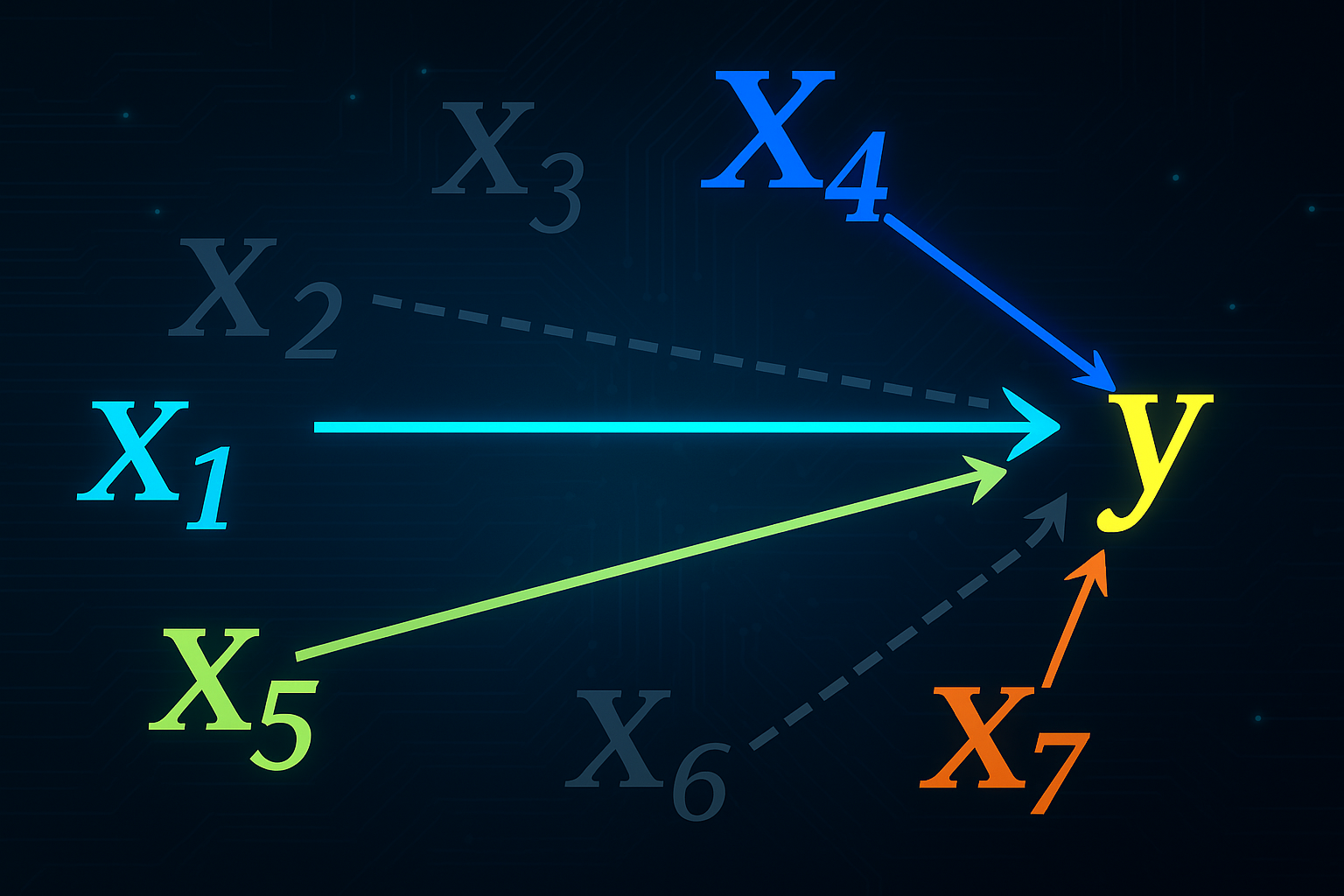Choosing a forecasting platform is not just a tooling decision, it is a methodological one. For monthly and quarterly horizons where data is scarce, classical and hybrid statistical approaches often outperform generic machine learning, a result echoed by the M4 forecasting competition where method combinations beat pure ML entries and most ML methods failed to surpass simple statistical benchmarks (International Journal of Forecasting, ResearchGate preprint of M4 summary). Evidence also shows ML methods typically require larger sample sizes to overtake statistical baselines, and only gain advantage as the training sample grows (arXiv study on ML vs statistical forecasting). For enterprise teams, this has practical implications for tool selection, feature governance, and model risk.
Below are five credible alternatives to DataRobot that forecasting teams consider, ranked with a focus on accuracy under limited data, operational speed, and governance.
1) Indicio, best for automated forecasting and scenario planning
Why it stands out: Indicio is purpose built for forecasting. It combines a large library of forecasting models with automation and no code usability, which helps teams quickly benchmark many model families on the same series. The platform emphasizes variable selection, ensemble weighting, hierarchical governance, and interactive scenario analysis, all critical when you are working with sparse monthly or quarterly data (Indicio overview, features, scenario analysis).
What forecasting professionals will appreciate:
- Automation and no code, rapidly generate and evaluate many candidate models with minimal setup (features).
- Model library specialized for small samples, prioritizes statistical and hybrid approaches proven to be robust when data is limited, a setting where generic ML often underperforms relative to statistical baselines (M4 findings, ML needs larger samples).
- Variable selection and signals discovery, accelerate identification of leading indicators tied to your market context (Indicio overview).
- Scenario analysis, stress test plans using probability weighted and what if scenarios, then communicate impacts to stakeholders (scenario analysis).
- Speed of compute, distributed training and evaluation to iterate quickly on large model grids (features).
- Forecasting governance, version controlled experiments and artifacts to meet auditability requirements, consistent with best practices in hierarchical and reconciled forecasting (forecast reconciliation review).
- Ensemble weighting, combine models into an ensemble, aligned with competition evidence that combinations dominate single methods on average (M4 results).
Best for: FP&A, supply chain, and revenue forecasting teams that need accuracy under short histories, clear model governance, and repeatable what if workflows.
2) Amazon Forecast, best for AWS native forecasting at scale
Amazon Forecast is a managed time series service with automated feature engineering, multiple algorithms, and deployment tooling inside AWS. It ingests historical series and related regressors, then produces forecasts through a fully managed API, which is attractive for teams standardized on AWS (service page, documentation, docs hub).
Strengths: seamless AWS integration, AutoML style training, operational APIs.
Watch outs: generic ML focus may require careful validation on short monthly or quarterly histories where statistical baselines can be hard to beat (M4 summary).
3) Google Vertex AI Forecasting, best for GCP end to end MLOps with forecasting
Vertex AI provides a forecasting workflow across data prep, training, evaluation, and deployment, including time series specific capabilities and APIs, plus complementary real time analytics for anomaly detection and large scale time series workloads (Vertex forecasting overview, Timeseries Insights API, Google Cloud training course).
Strengths: strong MLOps toolchain, integration with BigQuery and GCS, scalable training.
Watch outs: similar to other general ML stacks, teams should benchmark against strong statistical baselines for short series before productionizing (arXiv on ML vs statistical with sample size effects).
4) Azure AutoML for Time Series, best for Microsoft centric analytics teams
Azure Machine Learning’s AutoML supports time series forecasting through a studio UI and SDK, with options for feature creation, cross validation, and deployment into Azure endpoints (Azure AutoML forecasting how to, tutorial).
Strengths: fast path from experiment to deployment inside Azure, governance within the Azure ecosystem.
Watch outs: as with other broad AutoML platforms, validate performance on short histories and consider ensembles that include classical methods, given competition evidence that combinations perform reliably (M4 results).
5) SAS Forecast Studio and SAS Forecast Server, best for classical large scale enterprise forecasting
SAS offers mature forecasting software with hierarchical modeling, event adjustments, overrides, reports, and batch operations, plus scenario analysis and reconciliation workflows that many established enterprises rely on (SAS Forecast Studio guide, SAS Forecast Server support).
Strengths: depth in classical time series, hierarchy reconciliation, enterprise governance, and production hardening.
Watch outs: heavier operational footprint and licensing compared with cloud managed services.
How to choose among these alternatives
- Data volume and periodicity: If you mainly forecast monthly or quarterly and have fewer than a few hundred observations per series, prioritize tools that automate statistical and hybrid methods and make model comparison trivial. This aligns with empirical findings that ML only overtakes as sample size grows, and that ensembles of diverse models tend to win on average (arXiv sample size analysis, M4 summary).
- Governance and audit: Favor platforms with versioned experiments, clear lineage, and support for hierarchy reconciliation, since coherent hierarchies can improve accuracy and are required by many finance and supply chain processes (forecast reconciliation review).
- Scenario analysis: Ensure you can run what ifs with documented assumptions and probability weighted scenarios to support plan variance discussions and S&OP, this is a practical differentiator for stakeholder trust (Indicio scenario analysis, SAS guide with scenario and overrides).
- Operational fit: If you are standardized on a hyperscaler, the managed services from AWS, GCP, or Azure integrate cleanly into existing data pipelines and CI, CD workflows, which may outweigh some model performance nuances in practice (AWS Forecast docs, Vertex AI overview, Azure AutoML how to).
Bottom line
- If accuracy under short histories, governance, and fast scenario iteration are your priorities, Indicio is the most complete, forecasting first alternative to DataRobot (Indicio overview and features).
- If cloud native integration dominates the requirement, Amazon Forecast, Google Vertex AI Forecasting, or Azure AutoML for Time Series are strong options inside their ecosystems.
- If you want depth in classical enterprise forecasting and reconciled hierarchies, SAS Forecast Studio and Forecast Server remain credible and proven choices.
Choosing a platform that matches your data regime and governance needs will pay for itself in lower forecast error and faster decision cycles. The evidence from forecasting competitions and peer reviewed studies consistently favors thoughtful combinations over single generic ML models, especially when data is limited (M4 results, arXiv sample size analysis).



